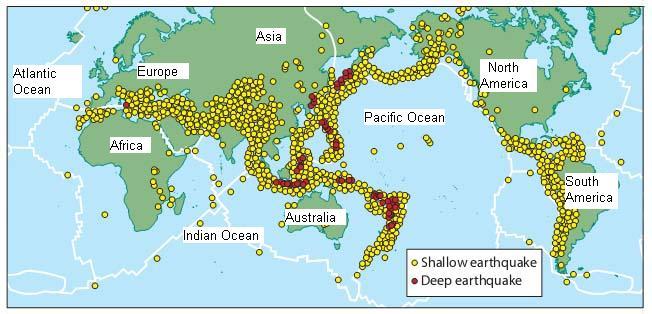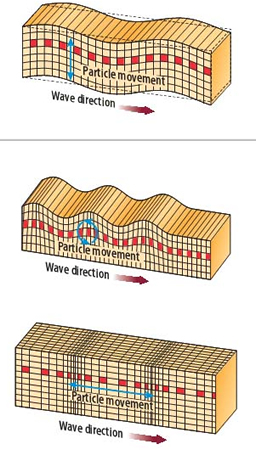
6th Ch 9 Lesson 1 Earthquakes
Quiz
•
Other Sciences
•
KG - University
•
Medium
Used 8+ times
FREE Resource
6 questions
Show all answers
1.
MULTIPLE CHOICE QUESTION
15 mins • 1 pt

2.
MULTIPLE CHOICE QUESTION
15 mins • 1 pt
3.
MULTIPLE CHOICE QUESTION
15 mins • 1 pt

4.
MULTIPLE CHOICE QUESTION
15 mins • 1 pt
5.
MULTIPLE CHOICE QUESTION
15 mins • 1 pt

6.
MULTIPLE CHOICE QUESTION
15 mins • 1 pt

Similar Resources on Wayground

10 questions
Chemical and Mechanical Weathering Quiz
Quiz
•
KG - University

10 questions
6.8 D - Motion Graphs
Quiz
•
6th - 8th Grade

9 questions
Electromagnets, Electric Motors, & Generators Oh My!
Quiz
•
6th Grade

10 questions
Science 8 Quiz: Anthropogenic Changes
Quiz
•
8th Grade

10 questions
6th Grade Unit 4 Lesson 6 Climate
Quiz
•
6th Grade

10 questions
Earth Layers
Quiz
•
5th - 9th Grade

10 questions
U1L5 - States of Matter
Quiz
•
7th - 8th Grade

10 questions
Changes in Matter: SC.5.P.9.1
Quiz
•
3rd - 5th Grade
Popular Resources on Wayground

20 questions
Brand Labels
Quiz
•
5th - 12th Grade

11 questions
NEASC Extended Advisory
Lesson
•
9th - 12th Grade

10 questions
Ice Breaker Trivia: Food from Around the World
Quiz
•
3rd - 12th Grade

10 questions
Boomer ⚡ Zoomer - Holiday Movies
Quiz
•
KG - University

25 questions
Multiplication Facts
Quiz
•
5th Grade

22 questions
Adding Integers
Quiz
•
6th Grade

10 questions
Multiplication and Division Unknowns
Quiz
•
3rd Grade

20 questions
Multiplying and Dividing Integers
Quiz
•
7th Grade
Discover more resources for Other Sciences

10 questions
Boomer ⚡ Zoomer - Holiday Movies
Quiz
•
KG - University

20 questions
Disney Characters
Quiz
•
KG

26 questions
SLIME!!!!!
Quiz
•
KG - 12th Grade

20 questions
Place Value
Quiz
•
KG - 3rd Grade

14 questions
Goods and Services/Needs and Wants
Quiz
•
KG - 1st Grade

12 questions
1 Times Tables
Quiz
•
KG - University

6 questions
Things that can move.
Quiz
•
KG

16 questions
Fun Fun Fun Fun!!!!!!!!!!!!!!
Quiz
•
KG - 5th Grade
